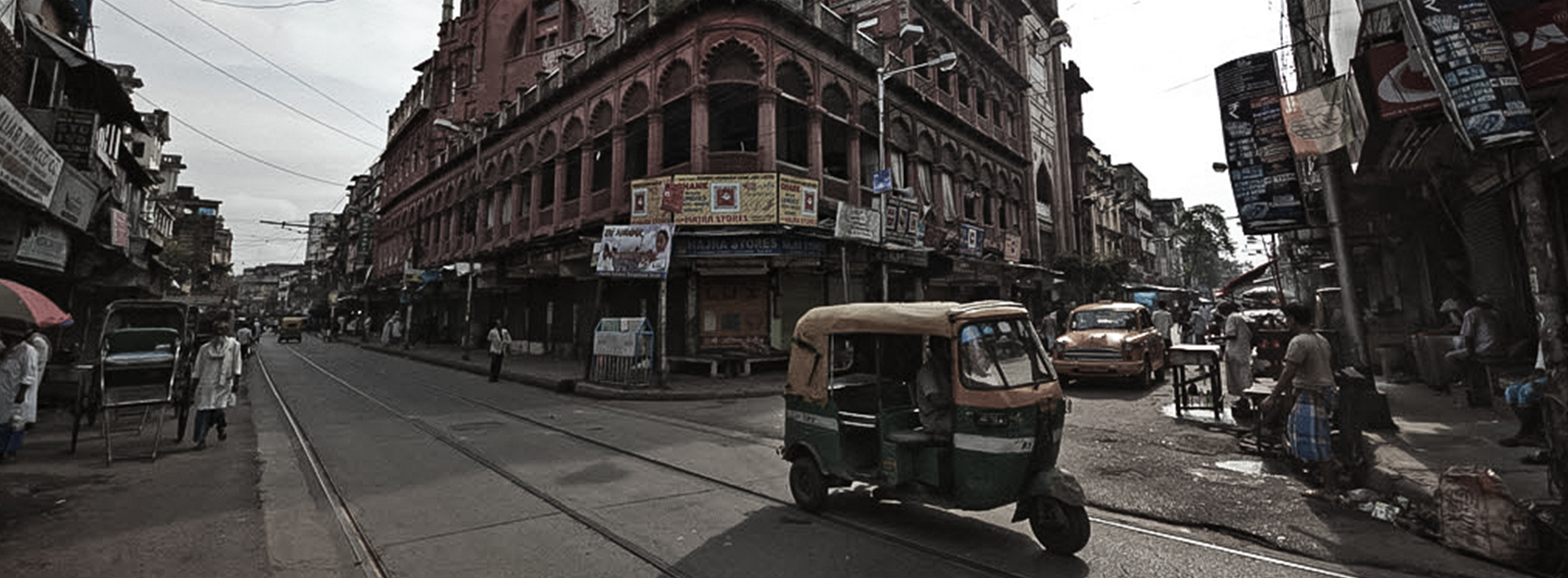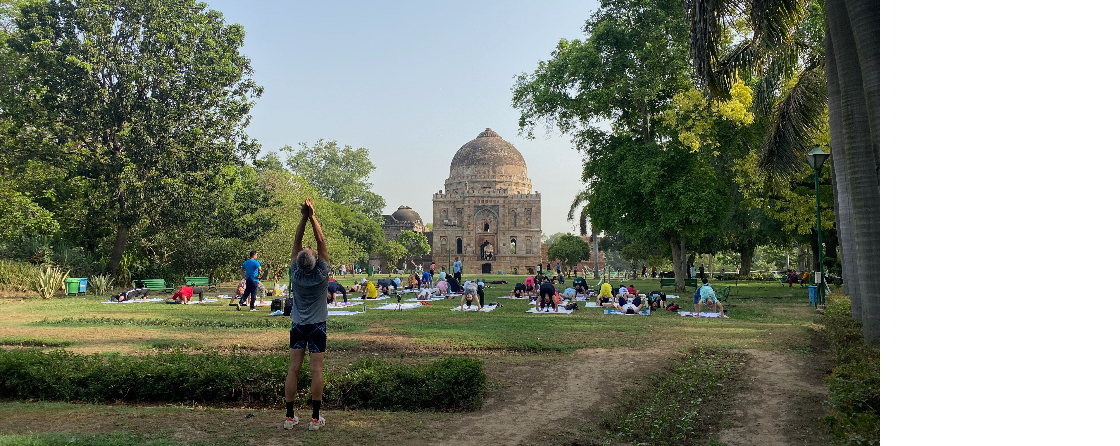Auto rickshaws in Kolkata – a strong and convenient component to the city’s mobility network
Getting around cities of the Global South usually involves travelling on cycle or in auto rickshaws, mini-buses, jeepneys and various such vehicles, all clubbed together under the term intermediate public transport or IPT. ‘Intermediate’, though, is a misnomer for auto rickshaws in Kolkata, where they function like a mainstream mode of transport.
A recently concluded study by Centre for Policy Research (CPR), Innovative Transport Solutions (iTrans) and Centre for Urban Economic Studies (CUES), Calcutta University, found that auto rickshaws are considered affordable, accessible, regular and safe, and comprise a significant component of the overall transportation network of the Kolkata. The study used GIS mapping to determine the routes and functioning of the IPT system in the city.
Why are auto rickshaws so popular in Kolkata?
High frequency operations, affordability and the convenience of doorstep-to-doorstep connectivity are some factors that make autos popular in the city. Almost 70 per cent of the respondents in the user survey used auto-rickshaws between every day and a few times a week while only 30 percent of the respondents used auto-rickshaws occasionally. The majority cited autos as the mode of choice for not just last mile connections but multiple legs of their daily commute. The study found that about 72% of the city’s municipal area is only half a kilometre away from an auto route.
The convenience of autos is also underscored by their intense usage even by those who own private vehicles. In a city where private vehicle ownership is low–12% of households in Kolkata own two-wheelers as opposed to 38% in Delhi and 8% own four-wheeled vehicles as compared to 20% in Delhi as per the Census. Interestingly, the study survey finds that 58% and 48% of daily auto users own four-wheelers and two-wheelers respectively. The emissions savings achieved by this set of users opting for a shared mode of transport over private vehicles is substantial; these savings are augmented by autos using LPG, a cleaner fuel than petrol or diesel and utilising less road space.
Auto rickshaws are also perceived as safe, even by women who use them for a variety of trips through the day as well as to commute to work. These results belie media reports that generally describe autos as unsafe and unruly; a narrative that needs to be re-examined in the light of this and other data.
Regulation of auto rickshaws in Kolkata:
As opposed to the on-contract, for-hire system in most Indian cities, auto rickshaws in Kolkata operate on fixed routes and on a shared basis. From a regulatory perspective, the West Bengal state transport department regulates auto-rickshaws in Kolkata through regional transport authorities (RTAs) that function at the district level, issuing route-based permits and other documents like fitness certificates, pollution under control certificates, etc. Operationally, auto-rickshaw operators are disciplined by the police and traffic guards.
Auto rickshaws’ responsiveness to user needs and processes that facilitate it:
A defining feature of Kolkata’s auto system is its responsiveness to user needs. Irregularities from the permitted routes–deviations, shorter routes and extensions, for example–emerge in response to changing needs, for instance the difference between peak and non-peak hour traffic, the need to service new areas of the city and to accommodate special requirements during Durga Puja festival in Kolkata. This last accommodation, in fact, is made under the aegis of the regional transport authorities (RTAs) and the police.
This responsiveness can be largely attributed to the evolution of a regulatory system that leverages informal stakeholders to fill gaps in the formal regulatory process that is currently inflexible. By mediating interactions between formal actors like the RTA and the auto-rickshaw operators, auto unions wield considerable power over the auto rickshaw system in the city. These formally registered–and usually politically affiliated–unions play a role in determining routes and fixing fares through the route committees set up by the RTAs.
While rent seeking behaviour in the form of agents who help operators negotiate bureaucratic process at the RTA, appear to be outside their purview, the unions play an important role in organising individual operators and representing them before the state. Vitally, unions coordinate the functioning of the auto-rickshaw stands at the local level, often through individuals called ‘starters’, streamlining aspects like frequency and resolving disputes with passengers.
In the peripheral areas of Kolkata, the study finds a proliferation of IPT options, chiefly the battery operated ‘toto’, which is thriving due to low costs and negligible regulation. With the recent inclusion of e-rickshaws under the mandate of the Motor Vehicles Act, 1988 in 2015, ‘totos’ are expected to become more accessible forms of IPT in the Kolkata Municipal Area (KMA), especially in the light of poor coverage of public transport. However, what kind of regulatory framework emerges for these ‘totos’ remains to be seen.
Study recommendations to strengthen the auto rickshaw system:
The report suggests that the auto rickshaw system be strengthened by primarily; i) rationalising permits and routes based on periodic data obtained by robust data collection systems; ii) improving regulatory efficiency at the RTA through digitisation and moving processes online; iii) and formalising currently informal processes of stakeholder consultation, among other methods.
Further, frameworks that enable improved coordination across district-level RTAs are necessary to achieve efficiencies, responsiveness as well as integration with the city’s transportation network.
At the user end, access to information like route maps and fare charts, improved design of physical infrastructure like stands; improved access especially for the differently abled; and the development of a system involving smartcards or coupons that eliminate the need for daily cash transactions would go a long way in improving passenger comfort.



